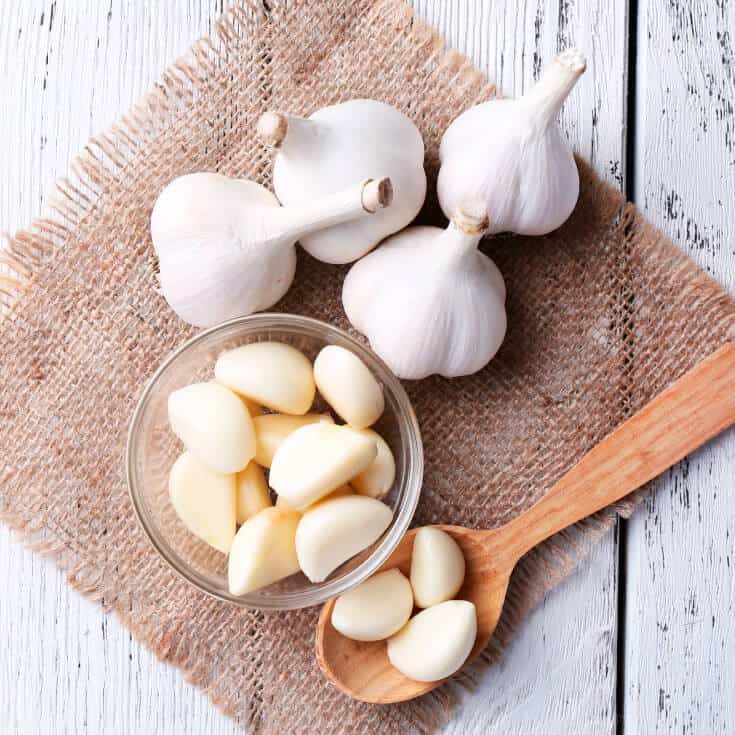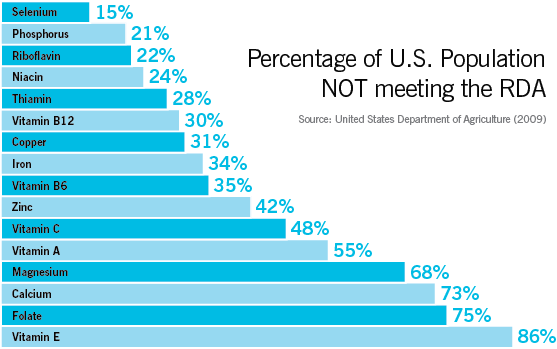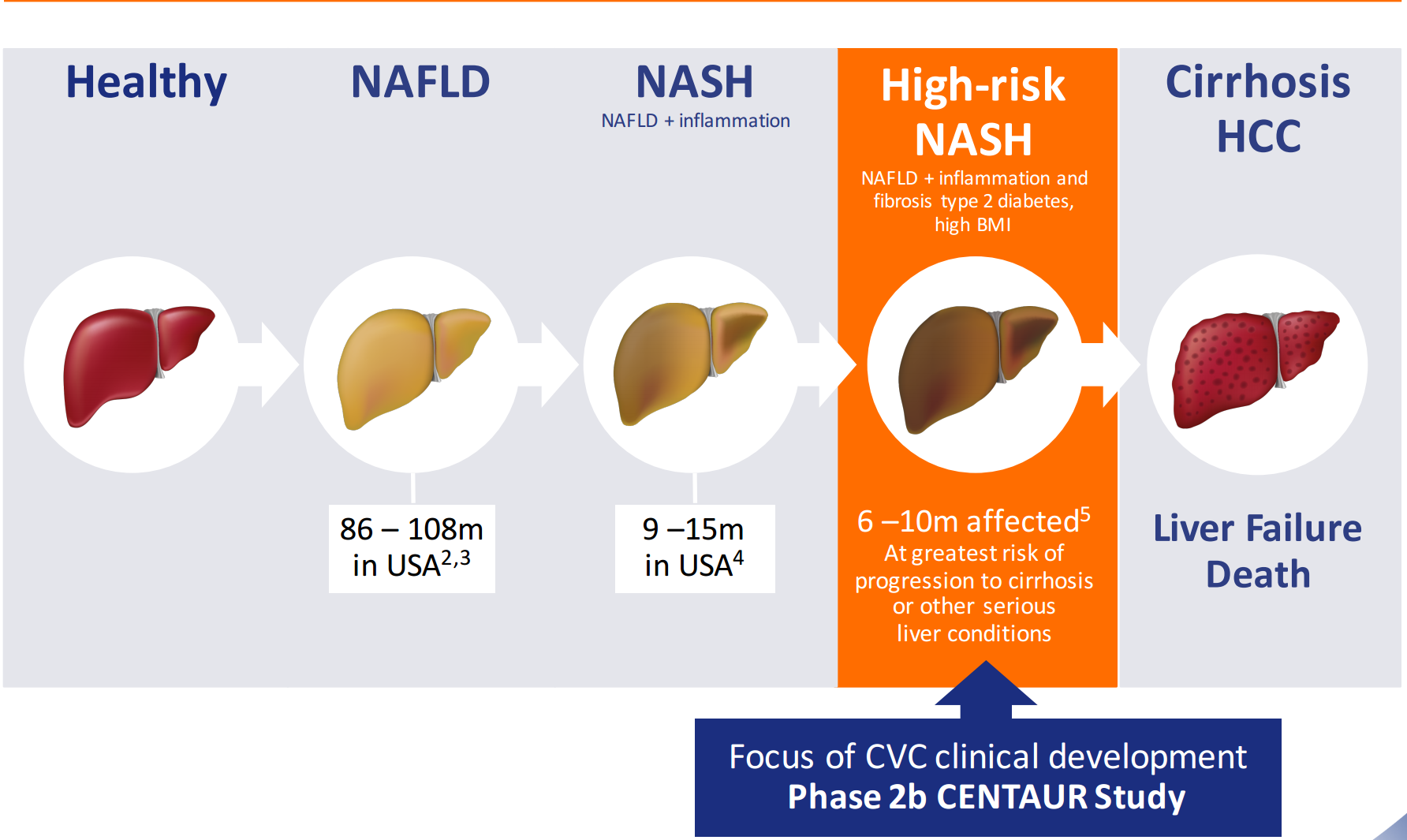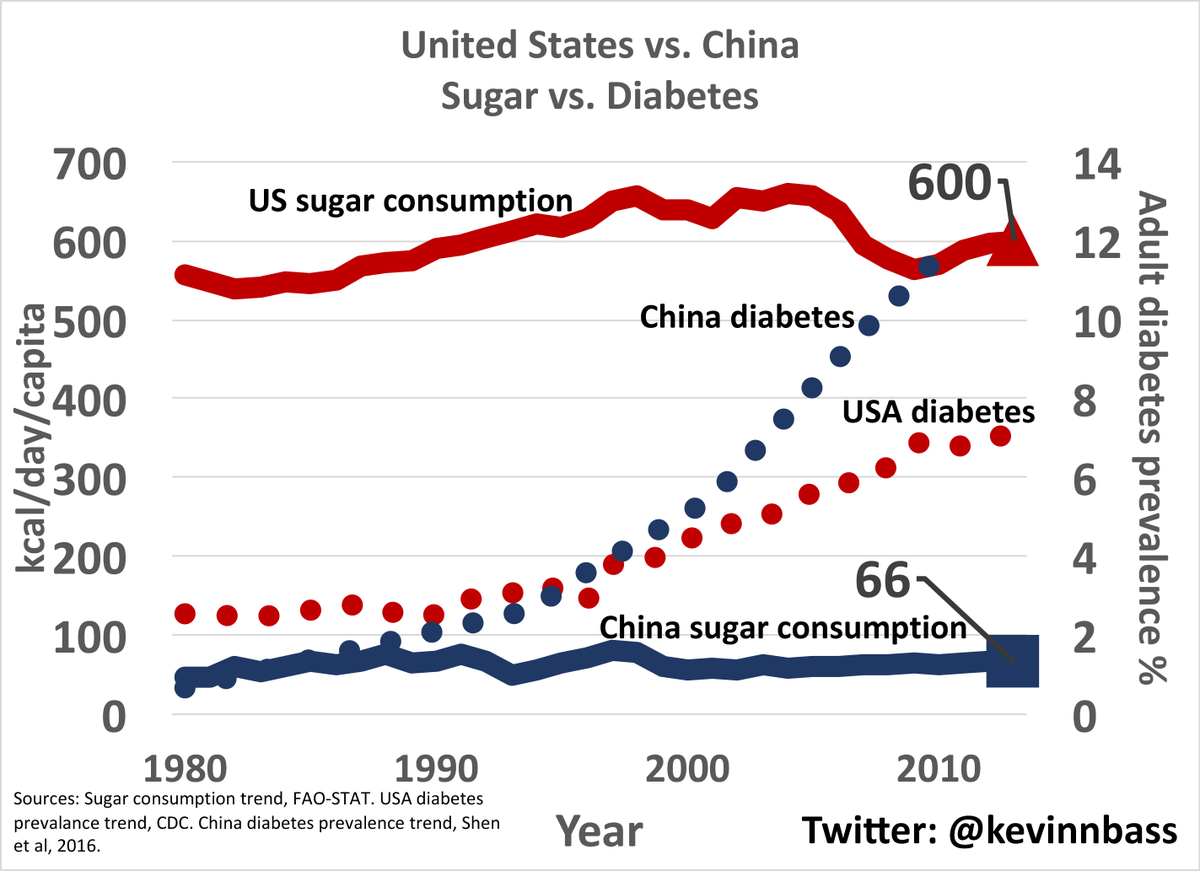Major points of this Newcastle scientist's review are summarized here as follows:
1. Glutamic acid is different from all other amino acids, as it is the only amino acid oxidized in brain.
2. L-glutamic acid acts as a substrate of brain respiration.
3. Although not very efficient, L-glutamic acid can maintain brain respiration.
4. D-glutamic acid, a non natural isomer cannot be oxidized in brain.
5. If D-glutamic acid appear with or without glucose in brain, slight reduction of brain respiration occurs.
6. Although, brain slices only attacks natural isomer (L-Glutamic acid), brain extracts not only attacks both D- and L- isomers, but attack D-Glutamic acid preferentially. (Brain extracts contain 'Glutamic acid deaminase enzyme). Under both aerobic and anaerobic conditions, brain extracts oxidize L-isomer slowly when compared with D-isomer.
7. Tumor slices as well as ox kidney slices attack both L- and D-isomers at almost same rate.
8. Glutamic acid is the only amino acid oxidized by tumor.
9. Differences of reactions between two tissues (brain and kidney) were thought to be due to differences in chemical composition; mainly accounted by high lipoid content in brain, that was thought to hold enzyme (Glutamic acid deaminase) more tightly.
10. Properties of glutamic acid deaminase in brain:
(a) O2 uptake
(b) Ammonia production
(c) enzyme is specific to D-Glutamic acid
11.
Table
XII. Oxygen uptake and ammonia formation with extract of dry brain powder after
ether and alcohol extraction. Powder1 of Table XI repeatedly treated with abs.
alcohol at room temp. Alcohol removed in vacuo over P205. Extracted with 15
parts of M/100 veronal buffer (PH 8-2) and centrifuged. Each vessel contained 2
ml. of the extract. Duration of the experiment: 6 hours.
Substrate added
|
O2 uptake (micL)
|
Extra O2 (micL)
|
NH3 formation (micL)
|
Extra NH3 (micL)
|
Ratio
O2:NH3
|
0
|
33.5
|
-
|
48.9
|
-
|
-
|
M/50 L-alanine
|
34
|
+0.5
|
46.6
|
-2.3
|
-
|
M/50 DL alanine
|
32
|
-1.5
|
48.3
|
-0.6
|
-
|
M/50 DL valine
|
34
|
+0.5
|
50.6
|
+1.7
|
-
|
M/50 L-glutamic acid
|
37
|
+3.5
|
45.4
|
-3.5
|
-
|
M/50 D-glutamic acid
|
58
|
+24.5
|
73.6
|
+24.7
|
1 : 1.01
|
12. L-glutamic acid (only amino acid oxidized in brain), is oxidized first into alpha-keto glutaric acid and NH3, then into H2O and CO2. The enzyme responsible for the oxidation of 1( + )-glutamic acid to oc-ketoglutaric acid and NH3 does not attack d(-)-glutamic acid so long as it is bound in the cell or to some constituent of the cell, probably a lipoid. In solution however the specificity is changed and d(-)-glutamic acid alone is oxidised.
WHAT DIDN'T HE POINT OUT FROM HIS FINDINGS?
- HIGHLIGHTED FIGURES CLEARLY SHOW PRESENCE OF D-GLUTAMIC ACID IN BRAIN SUBSTANTIALLY INCREASE OXIDATIVE STRESS AS WELL AS AMMONIA FORMATION.
- THIS INCREASES A THEORETICAL POSSIBILITY OF DEGENERATIVE DAMAGE OF BRAIN TISSUES IF A LONG TERM EXPOSURE TO D-GLUTAMIC ACID OCCUR.
- MAJORITY OF COMMERCIALLY USED MSG AT PRESENT CONTAINS D-GLUTAMIC ACID. AND IT IS PRODUCED IN BILLIONS OF TONS ANNUALLY TO BE ADDED TO OUR FOODS. AT THE SAME TIME, DEGENERATIVE BRAIN DISORDERS ARE SKYROCKETING. SEE A LINK?
NOTE; This article was published in 1936. Commercial use of MSG as a flavor enhancer was first started in early 1940's. Further, until 1957, commercially produced MSG mainly contained L-glutamic acid. It was only after that year, D-glutamic acid dominated the market. So, it's no wonder that the author of this study had not seen any relevance of drawing these conclusions. But it carries a great importance today - as we are eating this dangerous D-glutamic acid in billions of tons per year.
Source:
Source:
Studies on brain metabolism
The metabolism of glutamic acid in brain

















